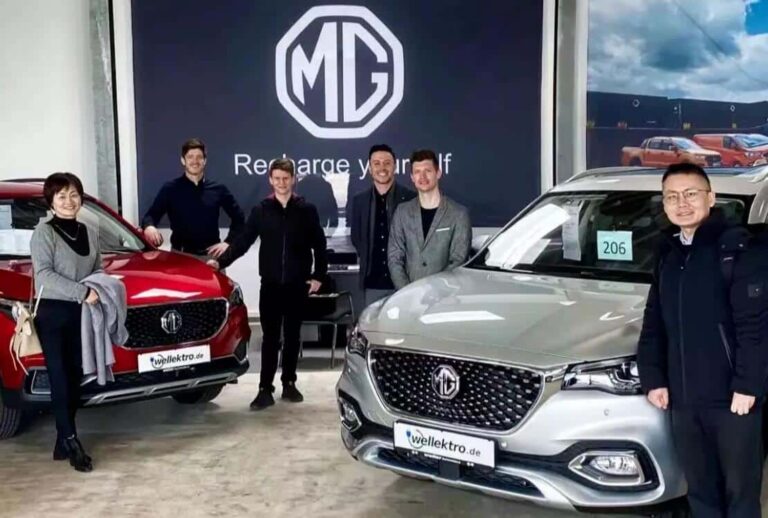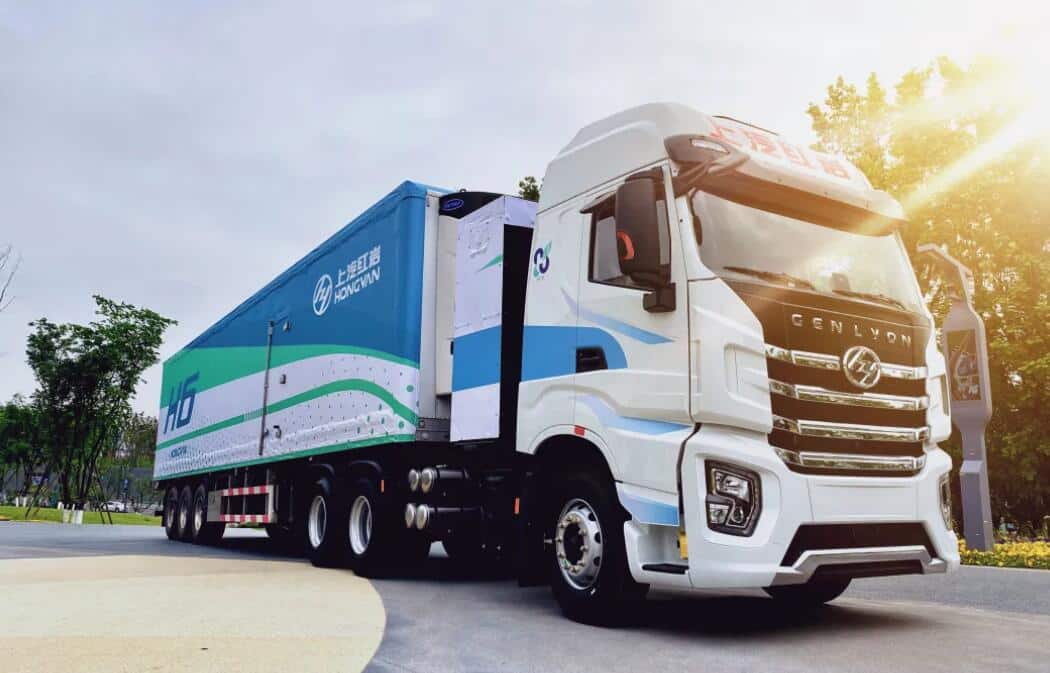SAIC Motor, China's largest local automaker, announced on July 20 that it has signed an agreement with Inner Mongolia's Ordos municipal government to invest 2 billion yuan ($308 million) to build a fuel cell heavy truck chain there between 2021 and 2025.
SAIC said it will build the world's first fuel cell heavy truck project of more than 10,000 units here, with 500 fuel cell heavy trucks to be delivered this year.
Also participating in the project are SAIC's Shanghai Hydrogen Propulsion Technology and SAIC Iveco Hongyan.
Shanghai Hydrogen Propulsion Technology's main business is the development and manufacture of fuel cell reactors and systems, and its technologies include core reactor component development, reactor integration, fuel cell system integration, powertrain integration, and vehicle integration.
SAIC Iveco Hongyan has launched heavy trucks with various energy forms such as electric, natural gas and fuel cell, and has recently delivered 500 natural gas heavy trucks to Russia.
SAIC has several fuel cell vehicles, including the fuel cell sedan Roewe 950 and the fuel cell MPV Maxus EUNIQ 7.
The People's Daily, an official Chinese media outlet, said in April that the cumulative number of hydrogen fuel cell vehicles in China exceeded 7,000.
By the end of 2020, there will be about 544 hydrogen refueling stations worldwide, and 128 stations have been built in China, according to data released at the Hydrogen Industry Development Forum organized by the China Hydrogen Alliance (CHA).
At the policy level, the hydrogen energy industry has been included in China's 14th Five-Year Plan. Some traditional energy giants have also entered the hydrogen energy industry.
The CHA's previous estimates show that by 2050, hydrogen energy is expected to account for about 10 percent of China's energy system, with a demand for nearly 60 million tons of hydrogen and an annual economic output of over RMB 10 trillion.
(Photo source: SAIC)


